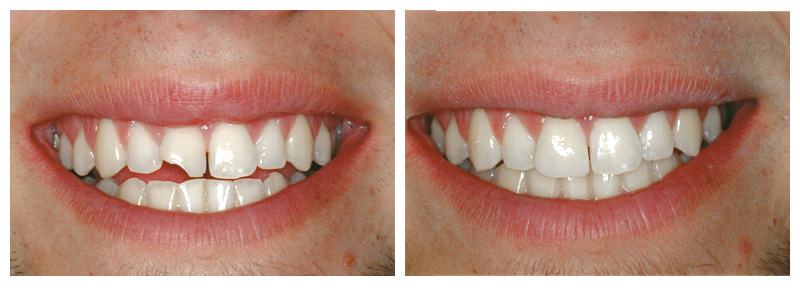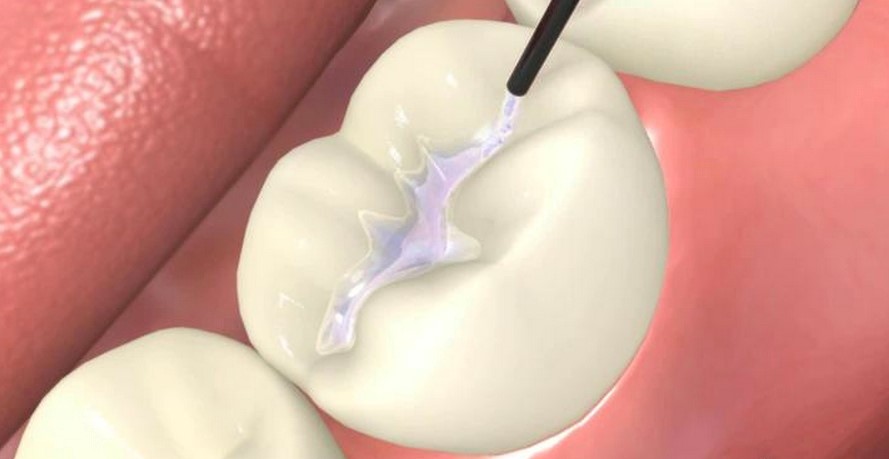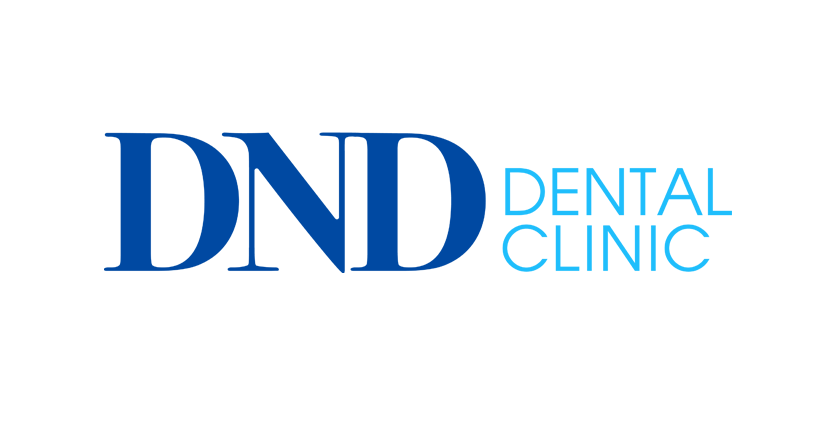What is a dental filling?
What is a dental filling?
A dental filling is a way to restore a tooth damaged by decay back to its normal function and shape. When a dentist gives you a filling, he or she first removes the decayed tooth material, cleans the affected area, and then fills the cleaned out cavity with a filling material.
By closing off spaces where bacteria can enter, a filling also helps prevent further decay. Materials used for fillings include gold, porcelain, a composite resin (tooth-colored fillings), and an amalgam (an alloy of mercury, silver, copper, tin and sometimes zinc).

Dental filling for tooth decay
Which Type of Filling is Best?
No one type of filling is best for everyone. What’s right for you will be determined by the extent of the repair, whether you have allergies to certain materials, where in your mouth the filling is needed, and the cost. Considerations for different materials include:
- Gold fillings are made to order in a laboratory and then cemented into place. Gold inlays are well tolerated by gum tissues, and may last more than 20 years. For these reasons, many authorities consider gold the best filling material. However, it is often the most expensive choice and requires multiple visits.
- Amalgam (silver) fillings are resistant to wear and relatively inexpensive. However, due to their dark color, they are more noticeable than porcelain or composite restorations and are not usually used in very visible areas, such as front teeth.
- Composite (plastic) resins are matched to be the same color as your teeth and therefore used where a natural appearance is desired. The ingredients are mixed and placed directly into the cavity, where they harden. Composites may not be the ideal material for large fillings as they may chip or wear over time. They can also become stained from coffee, tea or tobacco, and do not last as long as other types of fillings generally from three to 10 years.
- Porcelain fillings are called inlays or onlays and are produced to order in a lab and then bonded to the tooth. They can be matched to the color of the tooth and resist staining. A porcelain restoration generally covers most of the tooth. Their cost is similar to gold.

If decay or a fracture has damaged a large portion of the tooth, a crown, or cap, may be recommended. Decay that has reached the nerve may be treated in two ways: through root canal therapy (in which nerve damaged nerve is removed) or through a procedure called pulp capping (which attempts to keep the nerve alive).

Laser Lightwalker technology
What Happens When You get a Filling?
If your dentist decides to fill a cavity, he or she will first remove the decay and clean the affected area. The cleaned-out cavity will then be filled with any of the variety of materials described above.
How Do I Know if I Need a Filling?
Only your dentist can detect whether you have a cavity that needs to be filled. During a checkup, your dentist will use a small mirror to examine the surfaces of each tooth.

Anything that looks abnormal will then be closely checked with special instruments. Your dentist may also X-ray your entire mouth or a section of it. The type of treatment your dentist chooses will depend on the extent of damage caused by decay.
- Published in Dental Care, Tin tức
Cosmetic Fillings
COSMETIC FILLINGS
Often front teeth can be repaired and improved with the addition of white composite material. The advantage being less tooth loss, less expensive and giving the tooth longevity before eventually veneering or crowning. As with most dental restorations, composite fillings are not permanent and may someday have to be replaced but they are now very durable, and will last many years, giving you a long lasting, beautiful smile.

Cosmetic filling
Reasons for cosmetic fillings:
– Chipped teeth.
– Closing space between two teeth.
– Cracked or broken teeth.
– Decayed teeth.
– Worn teeth.
– Will often add longevity before crowning is needed.
How are composite fillings placed?
Composite fillings are usually placed in one appointment. While the tooth is numb, your dentist will remove decay as necessary. The space will then be thoroughly cleaned and carefully prepared before the new filling is placed. If the decay was near the nerve of the tooth, a special medication will be applied for added protection. The composite filling will then be precisely placed, shaped, and polished, restoring your tooth to its original shape and function.

Sometimes a patient might experience sensitivity to hot and cold when composite fillings are first placed, however this persists the filling should be reviewed.
You will be given care instructions at the conclusion of your treatment. Good oral hygiene practices, eating habits, and regular dental visits will aid in the life of your new fillings.

Composite resins, or tooth-colored fillings, provide good durability and resistance to fracture in small- to mid-size fillings that need to withstand moderate pressure from the constant stress of chewing. They can be used on either front or back teeth. They are a good choice for people who prefer that their fillings look more natural.
It generally takes longer to place a composite filling than it does for a metal filling. That’s because composite fillings require the tooth be kept clean and dry while the cavity is being filled. Tooth-colored fillings are now used more often than amalgam or gold fillings, probably due to cosmetics. In a society focused on a white, bright smile, people tend to want fillings that blend with the natural color of their teeth.
- Published in General Dentistry

